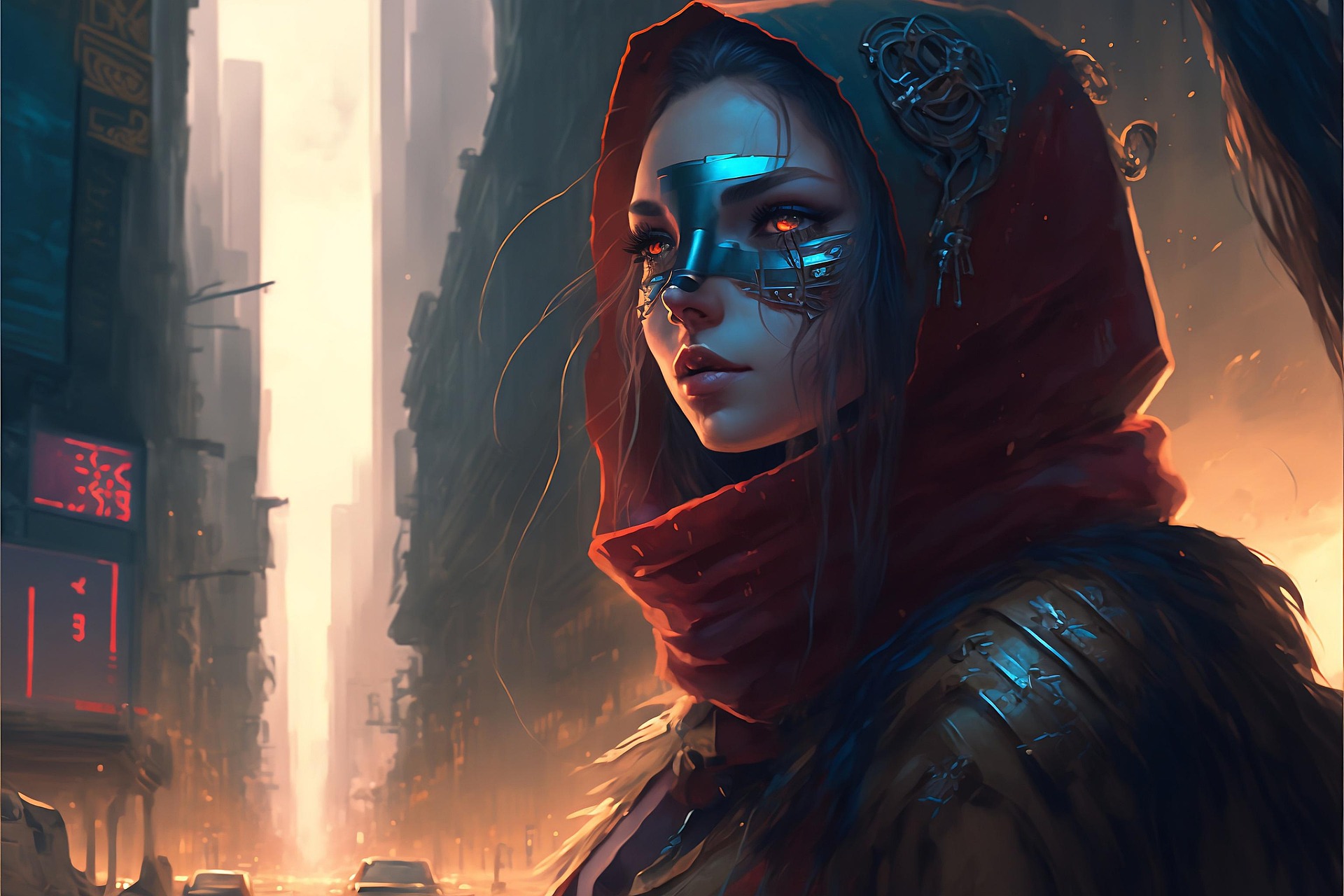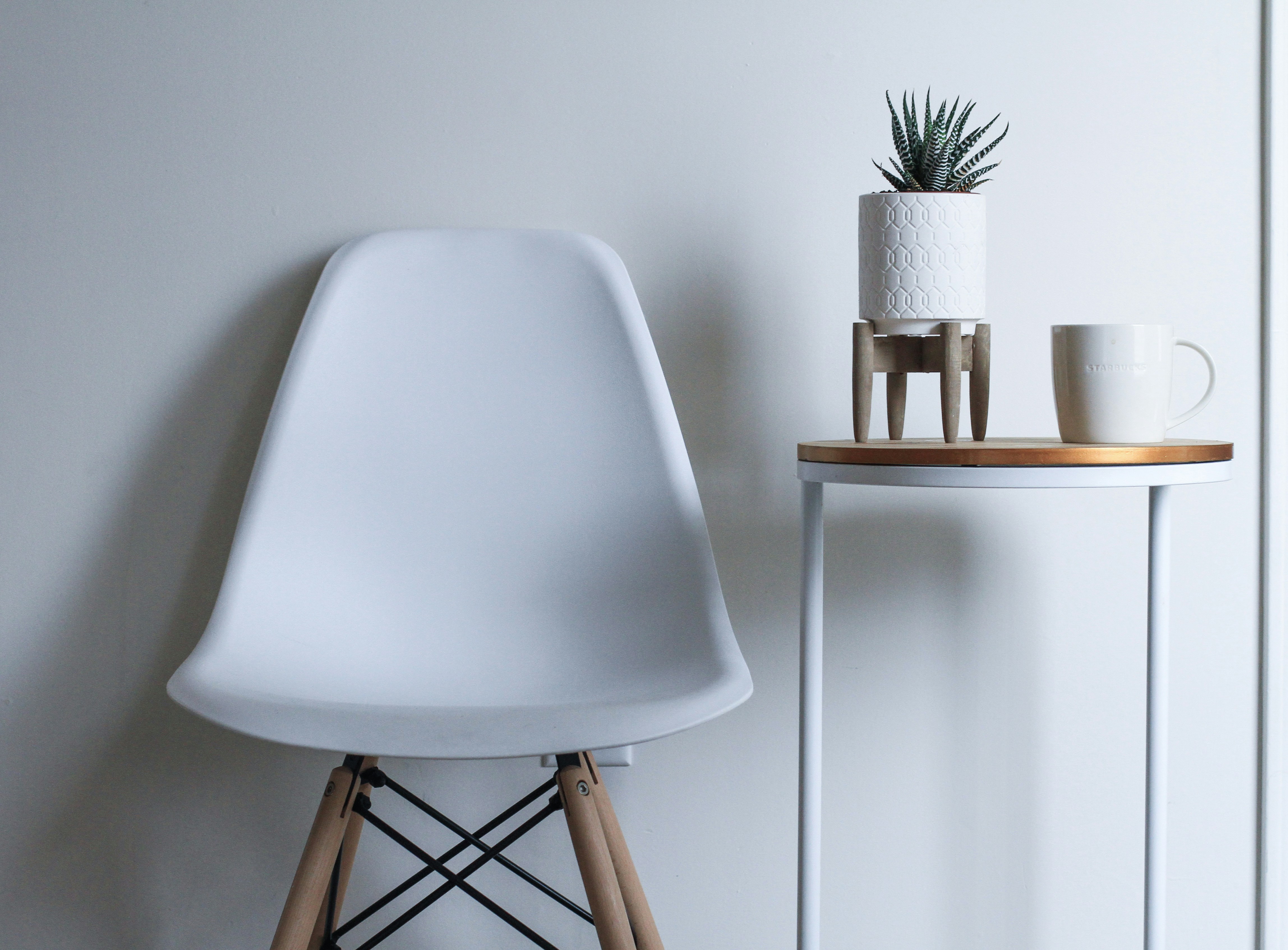"Artistic Alchemy: Transforming Waste into Wonders"
Introduction: In the crossroads of ecology and creativity, a new artistic movement is emerging, turning the detritus of our consumption-driven society into poignant expressions of beauty and commentary. Welcome to the world of upcycled art. Upcycled art, though a relatively new term, has its roots in the age-old tradition of creating beauty from waste. From the scraps of fabric that become patchwork quilts to the driftwood sculpted into sea-goddesses, artists have long been transforming the discarded into the divine. The current surge in upcycled art is a response to growing environmental concerns and the realization that our planet simply cannot sustain our throw-away culture.

The Current Climate in Upcycled Art
Today, upcycled art is gaining prominence on the global stage. Artists are not merely reusing materials but are elevating them into high art and valuable commodities. This is not just a trend, it’s a statement. By using discarded objects, artists underscore the wastefulness of our society while demonstrating the inherent value in everything around us. This movement challenges the notion of what constitutes “art” and “waste,” blurring boundaries and provoking thought.
Prominent Figures and Noteworthy Creations
Several artists have made a significant impact on the upcycled art movement. One such figure is El Anatsui, a Ghanaian artist who transforms discarded bottle caps into large-scale, shimmering tapestries. His work, which has been displayed in esteemed institutions like the British Museum, is a commentary on consumerism, waste, and the history of post-colonial Africa.
The Impact and Reception of Upcycled Art
The reception of upcycled art has been overwhelmingly positive. It resonates with the public’s growing environmental consciousness and the shift towards sustainable living. Galleries and museums are increasingly showcasing upcycled art, recognizing its aesthetic appeal and its role in sparking important conversations about waste and sustainability.
The Future of Upcycled Art
As our society becomes more aware of its ecological footprint, the relevance of upcycled art is set to increase. This art movement is more than a passing trend—it is a profound statement about the world we live in and our role in shaping its future. By forcing us to confront the realities of our consumption-driven culture, upcycled art holds up a mirror to society, urging us to reconsider our habits and values.
In conclusion, upcycled art is a powerful artistic movement that merges creativity with environmental consciousness. It is a testament to the transformative power of art and a reminder of our responsibility to the planet we call home.





